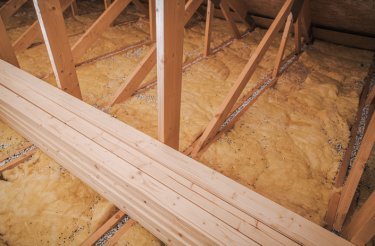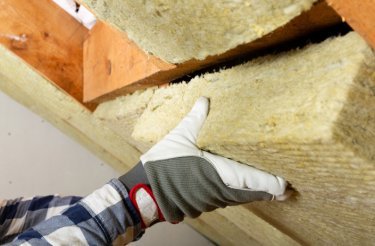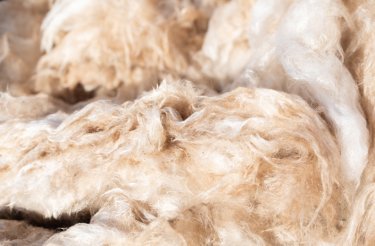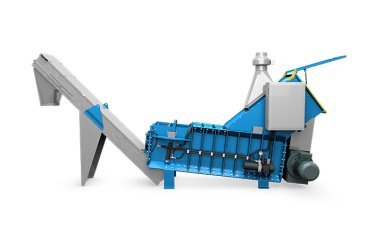
Is it possible to recycle old loft insulation?
Read this article to learn more about whether old loft insulation can be recycled or not.
Given that heat loss occurs mostly through the roof, insulating the loft, attic or flat roof is one of the most practical and effective ways to reduce heat transfer and ensure constant and comfortable temperatures all year round. This can also help you reduce your energy bills and your carbon footprint.
While loft insulation has a relatively long lifespan, being able to last for decades, at one point, you might have to remove your existing insulation and replace it with a new one, either due to vermin infestation, damage or old age. Disposing of your current loft insulation properly implies knowing your recycling options.

Common loft insulation materials
When recycling old loft insulation, it all comes down to the type of materials it’s made of. Fibreglass, foam, mineral wool, cellulose, denim and natural fibre are the most common types of materials used for loft insulation, each of them having different characteristics and properties.
Apart from cellulose and foam, all the other loft insulation materials listed above are suited for recycling. Cellulose is one of the most sustainable and environmentally-friendly materials used for insulation, being made mostly from recycled paper. However, the fact that it contains fire-retardant chemicals such as ammonium sulphate, borax, and boric acid that cannot be removed makes it impossible for cellulose to be recycled.

As for foam insulation, also known as expanded polystyrene (EPS), recycling is not a viable option because the material contains benzene and petroleum. Foam is also composed of up to 98% air, so collecting, storing and shipping it to a recycling facility is not a cost-effective endeavour. The amount of effort and resources required to recycle foam don’t justify the benefits.
At the opposite end of the spectrum, we have natural fibre, denim, and mineral wool insulation which are easily recyclable as they’re mostly made from natural materials. Fibreglass can also be recycled, but due to the hazards associated with fibreglass insulation exposure, not all recycling companies will accept it.

Use an industrial compactor
Another aspect to keep in mind when recycling old loft insulation is the quantity of material you want to recycle. If you need to handle large amounts of material, you might want to consider using an industrial compactor like the IC60 in order to reduce the space taken up by the material and thus cut operational costs by facilitating storage and waste collection.

What do you want to compact?
Contact us if you want to hear more about how Mil-tek can help your company optimize your waste management.
We will get in touch as soon as possible.